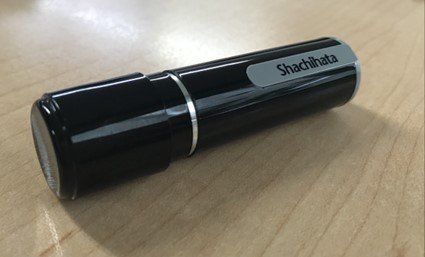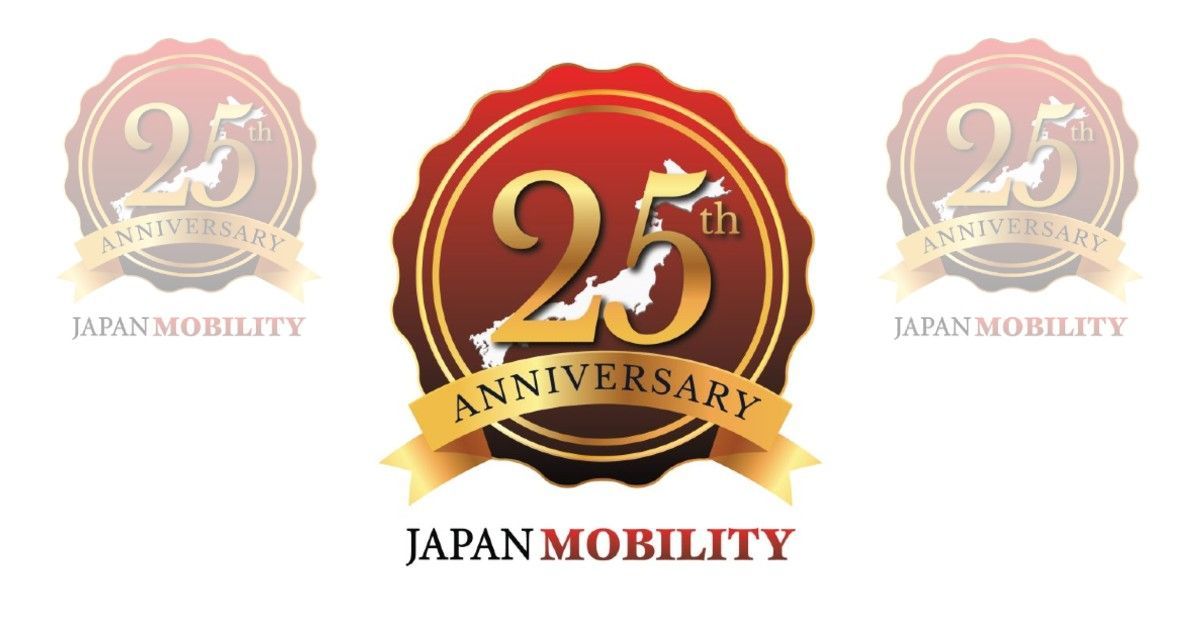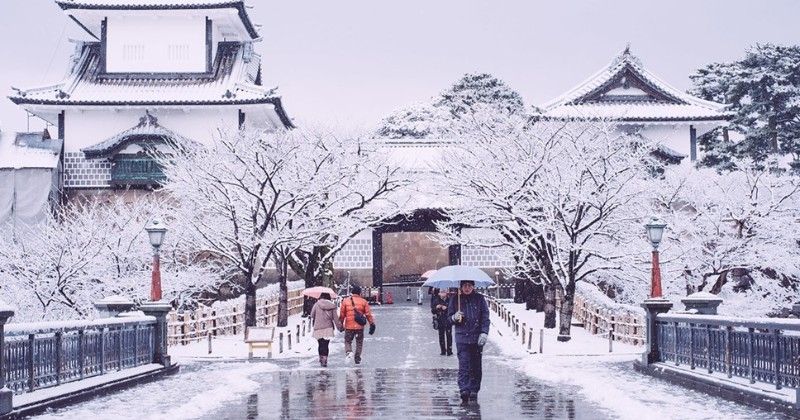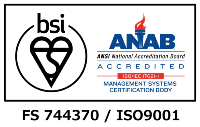Oh, What's in a Name... Stamp?
Japanese hanko (name stamps) explained
"Hanko", "Inkan", or the lteral tanslation, "Name Stamp" ... There are many words to describe this seemingly simple but essential item. But, what is it all about?
Please keep reading for a basic look into name-stamp culture, and where it may be relevant in an expat's life.
What is a Name Stamp and How is it Used?
As the English name implies, a name stamp is a stamp engraved with the name of an individual or a corporation. This type of stamp, when applied with red ink, is used in place of a signature, and is still required today on many official documents such as contracts and application forms. Because of its widespread use in an official capacity, a name stamp can be an essential item for both personal and business purposes while living in Japan. It effectively works as a signature would in many western countries.
Confirmation Stamp (Mitome-in, 認印)
This includes stamping for every-day activities like, signing for a package delivery, confirming that a document has been checked, or other similar non-contractual purposes.
Bank Stamp (Ginkou-in, 銀行印)
This includes stamping for paperwork in connection with a financial institution.
For example, opening a bank account, withdrawing money at the bank window, applying for automatic deduction of payment, etc.

Registered Stamp (Jitsu-in, 実印)
For high-level official documents, such as purchasing real-estate or vehicles, transferring a title of ownership, etc., the user may also be required to provide a certificate of stamp registration. Each resident is allowed to register a maximum of one stamp with their local government office for this purpose if needed.
Stamping 101
1. Keep the stamp clear and complete
If you are not used to using a name stamp, it can be easy for the stamp to slip or be pressed unevenly. In some cases, this may make your paperwork invalid. To help avoid this, it is recommended to place a rubber stamp pad (Hanko Matto ハンコマット) beneath your documents to provide extra cushioning and help keep everything in place. Many institutions such as banks and ward offices will have a mat readily available for this purpose.
2. Wetter is not always better
Be careful to not apply too much ink and to let the stamp dry thoroughly before allowing anything to touch it. Having excess liquid on the stamp head can make it easy to slip, smudge, or cause the edge of the stamp to bleed as the paper soaks it in. Many places will have a small tissue ready for you to wipe your stamp after use.
3. Look for the "Top" mark
Most name stamps will have a raised dot, divot or sticker on one side. This will help you easily identify the “top” of the stamp to prevent accidentally stamping upside-down.
Other Helpful Words and Phrases about Hanko/Name Stamps
- Hanko (ハンコ):
A general name for the physical stamp. - Inkan (印鑑):
A general name for the mark the stamp leaves on the paper. However, this is sometimes also used colloquially to refer to a physical stamp. - Shuniku (朱肉):
Red inkpad used with a name stamp.
- Shachihata-in (シャチハタ印):
This is a simple type of stamp where the ink is stored internally and does not require a separate stamp pad. Many people refer to this type of stamp generically as a “Shachihata” after the company makes and sells them, Shachihata Inc. Because the materials used can degrade or change shape easily, they are generally used as “Confirmation Stamps”.

"Hanko wo oshite kudasai"
「ハンコを押してください」
"Please stamp your name stamp."
"Go-Natsu-in wo onegai shimasu"
「ご捺印をお願いします」
"Please stamp your name stamp." (formal)

Although Japanese stamping culture may be different than what you are used to at home, don't worry! With just a little practice, you too can be stamping like a pro in no time!


























